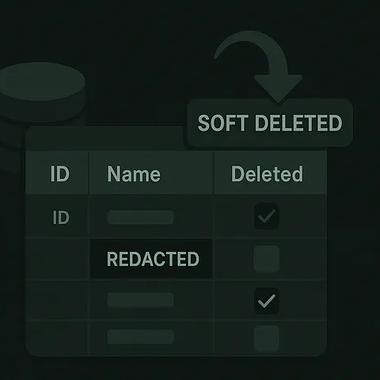Updated on Wednesday, 23rd April 2025.
Launching your app is a major milestone, but it’s not the finish line. The moment your app goes live is when the real work begins. Without ongoing care, even the most polished apps can quickly become outdated, insecure, or frustrating to use.
App maintenance is what keeps your product functioning smoothly, remaining compatible with the latest technologies, and continuing to meet user expectations. From essential bug fixes to feature rollouts, maintenance ensures your app stays relevant, resilient, and ready for growth.
In this guide, we’ll explore four core approaches to app maintenance:
- Fix
- Maintain
- Optimise
- Grow
and show why every app needs some level of ongoing support.






